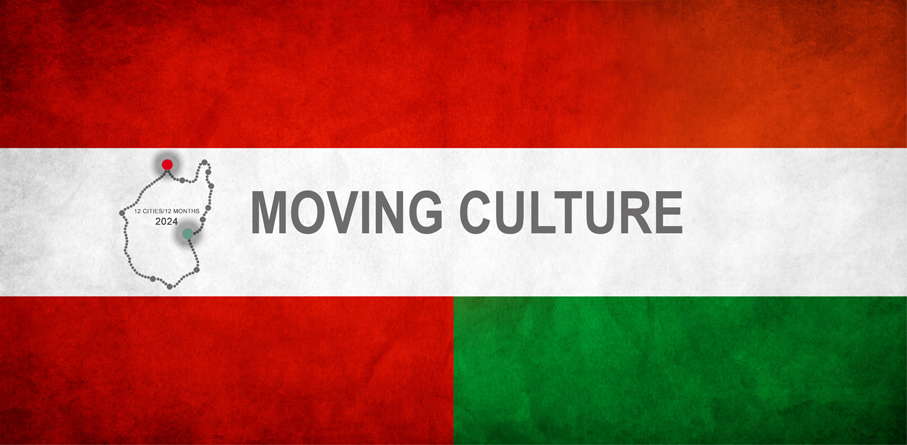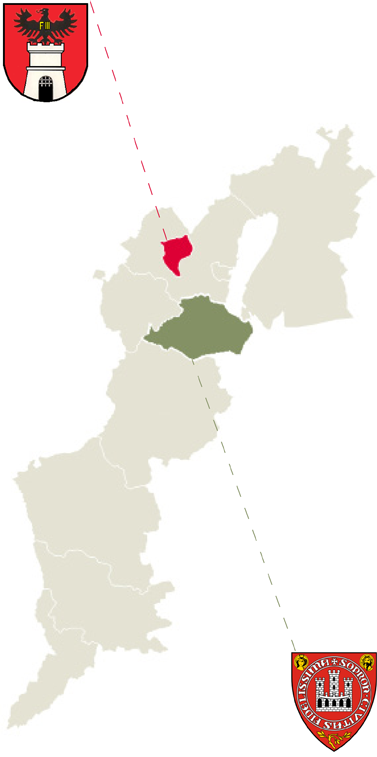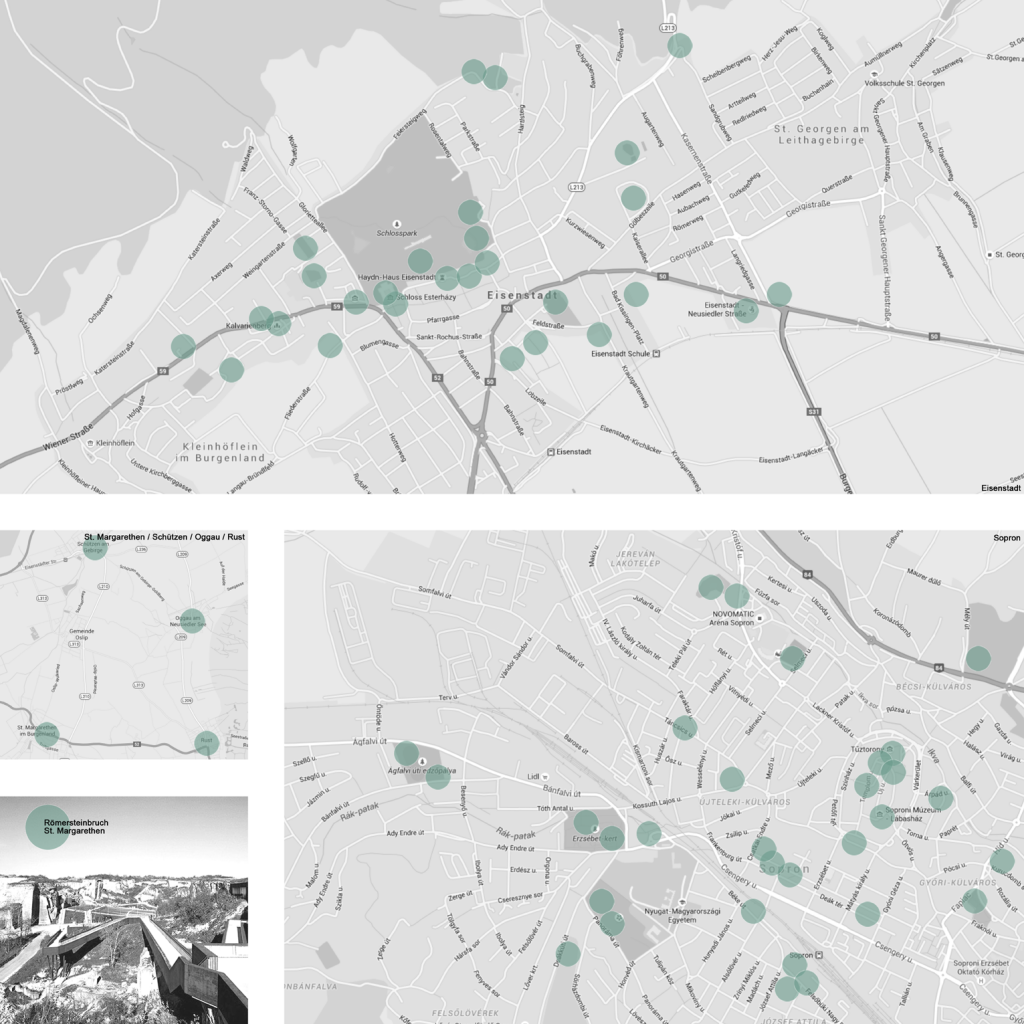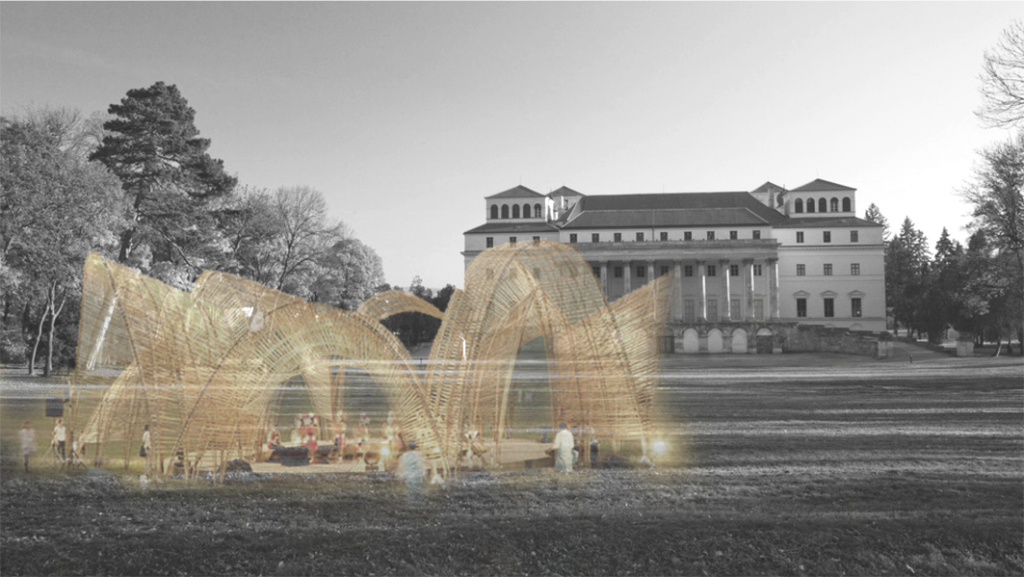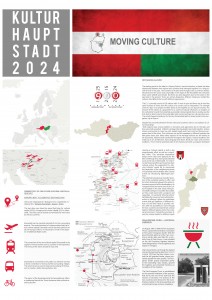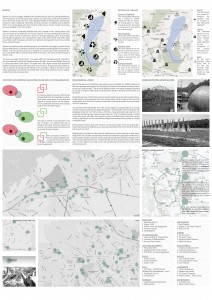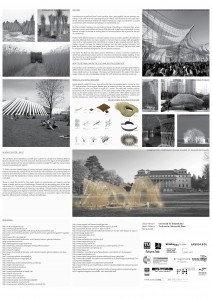Why Moving Culture?
The starting point for the idea for „Moving Culture“ was the intention, to foster the deep relationships between two regions and countries that belonged together for a long period of time in the past. The countries of Austria and Hungary have a common history, descend from the same tribes and share, especially in the region of the Neusiedler See, the same wildlife and climate. But there are also disparities due to the borders in the past and in the present there are certain disparities. Different influences molded the cultures into different forms and expressions.
In an European Nation currently consisting of 28 nations and 5 more to follow, there is at least the same number of views, how the culture of a country can be interpreted. The strength of the EU lays in its people and their desire to live together as one big community. The mixture of the nations is a guarantee for a variety of cultural influences. An analysis of the cultural terms and their potential as possible cultural capital cities in Austria was the first step to detect, where their potentials both present and past as cultural cities were. The result showed a tendency for the city of Eisenstadt with its close bonds to the Hungarian city of Sopron.
Despite the proximity between the two cities and countries, there is almost no connection between the two and a lack of exchanging cultural tradition. Both regions have a long tradition in viniculture and agriculture due to the lake, and they were both awarded UNESCO Heritage Site Neusiedler See/Fertö together. History shows a strong link in music, as with Joseph Haydn and Franz Liszt two of the both famous composers lived in the cities. Their influence can be seen nowadays in different festivals that take place every year. Many other aspects of the unique cultures are sill waiting to be discovered, explored and transferred throughout the regions. Cultural tradition as a whole includes aspects of art, architecture, food, language and idiom, literature, music and common traditions. This immense potential waits to be shared and needs a program developped for mutual benefits.
Hosting a Cultural Capital is both a big programmatic effort as well as a monetary effort. This immense expenditure keeps some cities from applying for the title eventhough they have great potential such as the city of Eisenstadt. To minimize their financial effort and maximize their cultural output, the suggestion for „Moving Cultures“ would be, to incorporate the capacities of the neighbouring spots of Eisenstadt, which already offer cultural events by introducing lightweight pavilions.
The selected route gives an overall impression of the complete variety on offer and the short distances between the spots allows easy access of all the destinations. As Hungary will be the host to one of the Cultural Capitals in the year 2023, linking both cities Eisenstadt and Sopron would be favourable, as they could share both program and capacities. The title “Moving Culture” facilitates on the one hand the moving of real cultural interaction by offering a place for workshops, events and get together of different artists. On the other hand, it provides visitors with the possibility for moving through the two countries, to experience cultural habits in different places and in their original environment.
Projektplakate
Team
Reem Alkaisy (Technische Universität Wien – Architektur)
Sonja Zankl (Technische Universität Wien – Architektur)
Gilda Messini (Universität für Bodenkultur Wien)
Sanja Kutkurezovic (FH Kärnten – Architektur)

